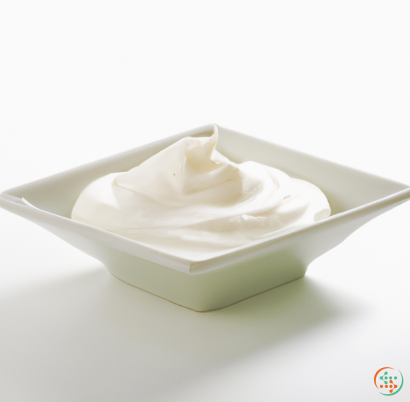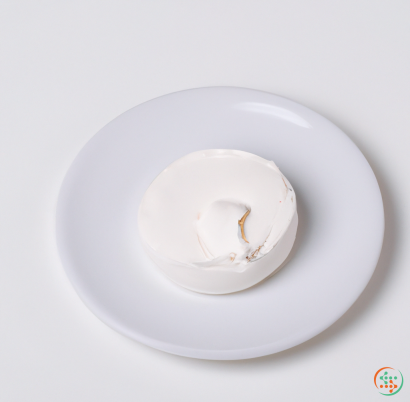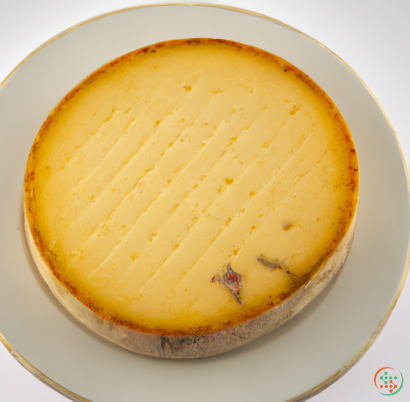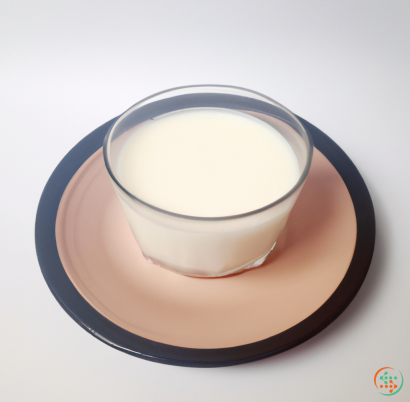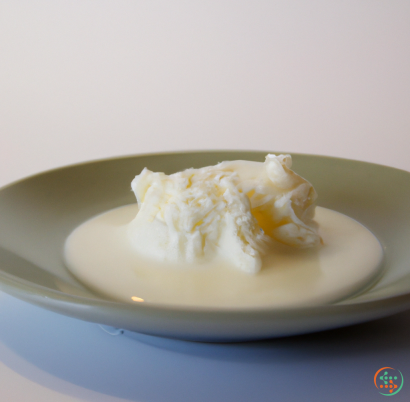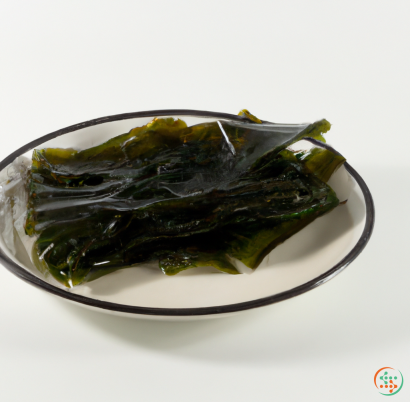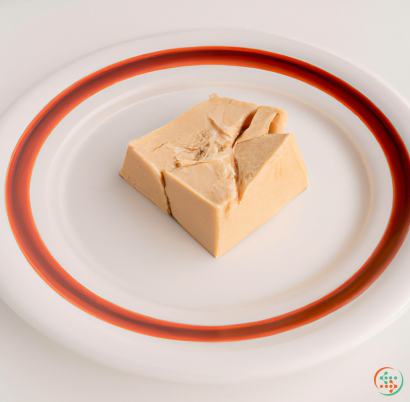Milk Whey Liquid
.
Milk whey liquid is a by-product of cheese production and a seasonal source of nutrition for farm animals. Commonly referred to as whey, this dairy-based liquid is created during the separation of cheese curds and casein proteins that occur during the cheesemaking process. This versatile by-product can be found in a number of livestock feed, pet food, and human food products. With a variety of applications, milk whey liquid is a necessary component of many food items – from sweet to savory – and is vital for maintaining a healthy balance of calories and nutrients in the diets of livestock animals.
Milk whey liquid is a translucent liquid made from a combination of lactose and proteins. During the cheese production process, curds clump together to form a solid mass and liquid is drained off. This liquid is then pasteurized and clarified for separation of any solids, resulting in a clear golden-hued liquid known as whey. Once separated, whey can typically be divided into two categories: sweet whey and acid whey. Sweet whey is traditional whey which contains a higher concentration of lactose and mineral salts. Acid whey, on the other hand, is a by-product of the drain-off of curds in the acidity of the cheese's production process, resulting in a higher concentration of minerals.
Milk whey liquid offers an impressive nutrient profile. It’s made up of important minerals and vitamins such as calcium, phosphorus, magnesium, Vitamin A and Vitamin B-12. It is rich in high-quality proteins and contains a wide variety of beneficial amino acids including leucine, isoleucine, and valine. These are particularly beneficial for the growth and maintenance of muscle mass, making Milk whey a popular supplement for athletes. Additionally, Milk whey liquid is a natural source of lactose and lactic acid, both of which play important roles in the digestive system.
The potential uses of Milk whey liquid are vast. It is a core ingredient in baby formulas and infant infant formulas and can also be used in a variety of culinary applications such as cheese production, baking, sausages, and ice cream. Milk whey liquid has been traditionally used in animal feed though its popularity has been waning in recent years, as dairy farmers focus on optimizing farm output and increasing efficiency. Now, composite feeds are the most widely used concentrate in dairy farm systems, but Milk whey liquid can still be found in some rations.
Raw Milk whey liquid is a widely used source of protein with a higher content than that found in many feed grains such as corn, wheat and oats. Many livestock farmers turn to Milk whey liquid as a supplement to their feedstuffs. With its desirable nutrient profile and relatively low cost, Milk whey liquid provides a cost-effective complement to grain and other feed ingredients, helping to increase weight gain and boost the overall health of livestock animals.
In conclusion, Milk whey liquid is a beneficial and versatile by-product of cheese production. From a culinary and scientific perspective, Milk whey liquid is an important source of dairy proteins and other essential nutrients. Providing nourishment for both humans and livestock animals, Milk whey liquid is integral to a variety of diets and products.
TheLiquid from Milk
Whey is the liquid that remains after milk has been curdled and strained. It is a byproduct of the manufacture of cheese or casein and has several commercial uses. Sweet whey is a byproduct produced during the manufacture of rennet types of ripened cheese, such as cheddar or Swiss cheese. Acid whey (also called sour whey) is a byproduct produced during the making of acid-set cheeses such as cottage cheese or ricotta. Whey protein is a mixture of globular proteins isolated from whey.
The production of cheese involves the separation of curds and whey. Curds are the solid parts of milk that have been coagulated by rennet or an acid, such as vinegar or lemon juice. Whey is the liquid that remains after the curds have been strained off. It is composed of water, lactose, minerals, and protein.
Sweet whey is the byproduct from the manufacture of rennet-type cheeses such as cheddar, Swiss, Parmesan, and Gruyere. During cheese production, rennet is added to milk, which causes the milk to coagulate. The curds are then separated from the whey and the whey is drained off. The whey is then pasteurized and may be used in a number of products or further processed into dry whey products.
Acid whey is a byproduct of the manufacture of acid-set cheeses such as cottage cheese, ricotta, cream cheese, and some varieties of process cheese. During cheese production, an acid, such as vinegar or lemon juice, is added to milk, which causes the milk to coagulate. The curds are then separated from the whey and the whey is drained off. The whey is then pasteurized and may be used in a number of products or further processed into dry whey products.
Whey protein is a mixture of globular proteins isolated from whey. It is a byproduct of cheese making. The proteins in whey are typically 60-80% of the total protein in milk. Whey protein is commonly used in dietary supplements, infant formulas, and sports nutrition products. It is also used in some ice creams, breads, and other baked goods as a source of protein.
The whey protein in milk is broken down into two main types: casein and whey. Casein makes up about 80% of milk protein and whey makes up the other 20%. Whey protein is a fast-acting protein that is absorbed quickly by the body. It is often used by bodybuilders and athletes to help build muscle and improve athletic performance.
Milk is composed of water, fat, lactose, minerals, and protein. When milk is pasteurized, the high heat kills bacteria and other microorganisms that can cause disease. Pasteurization also partially destroys enzymes and other components that contribute to flavor, texture, and nutritive value.
Raw milk contains about 3.5% milkfat. Whole milk products must have a minimum milkfat content of 3.25%. Reduced-fat milk products must have a minimum milkfat content of 2%. Low-fat milk products must have a minimum milkfat content of 0.5%.
Skim milk is milk from which the cream has been removed. It must have a milkfat content of not more than 0.5%.
Lactose is a sugar that is present in milk. It is composed of two simple sugars, glucose and galactose. Lactose is converted to lactic acid by lactic acid bacteria, which gives milk its sour taste. Lactose is also used as a food additive and as a source of energy for many animals.
Milk minerals include calcium, phosphorus, potassium, magnesium, sodium, and chloride. Milk is a good source of calcium and phosphorus, which are essential for the development and maintenance of bones and teeth.
whey Protein in milk is broken down into two main types: casein and whey. Casein makes up about 80% of milk protein and whey makes up the other 20%. Whey protein is a fast-acting protein that is absorbed quickly by the body. It is often used by bodybuilders and athletes to help build muscle and improve athletic performance.
The protein in whey is typically 60-80% of the total protein in milk. Whey protein is commonly used in dietary supplements, infant formulas, and sports nutrition products. It is also used in some ice creams, breads, and other baked goods as a source of protein.
Whey is the liquid that remains after milk has been curdled and strained. It is a byproduct of the manufacture of cheese or casein and has several commercial uses. Sweet whey is a byproduct produced during the manufacture of rennet types of ripened cheese, such as cheddar or Swiss cheese. Acid whey (also called sour whey) is a byproduct produced during the making of acid-set cheeses such as cottage cheese or ricotta. Whey protein is a mixture of globular proteins isolated from whey.
The production of cheese involves the separation of curds and whey. Curds are the solid parts of milk that have been coagulated by rennet or an acid, such as vinegar or lemon juice. Whey is the liquid that remains after the curds have been strained off. It is composed of water, lactose, minerals, and protein.
Sweet whey is the byproduct from the manufacture of rennet-type cheeses such as cheddar, Swiss, Parmesan, and Gruyere. During cheese production, rennet is added to milk, which causes the milk to coagulate. The curds are then separated from the whey and the whey is drained off. The whey is then pasteurized and may be used in a number of products or further processed into dry whey products.
Acid whey is a byproduct of the manufacture of acid-set cheeses such as cottage cheese, ricotta, cream cheese, and some varieties of process cheese. During cheese production, an acid, such as vinegar or lemon juice, is added to milk, which causes the milk to coagulate. The curds are then separated from the whey and the whey is drained off. The whey is then pasteurized and may be used in a number of products or further processed into dry whey products.
Whey protein is a mixture of globular proteins isolated from whey. It is a byproduct of cheese making. The proteins in whey are typically 60-80% of the total protein in milk. Whey protein is commonly used in dietary supplements, infant formulas, and sports nutrition products. It is also used in some ice creams, breads, and other baked goods as a source of protein.
The whey protein in milk is broken down into two main types: casein and whey. Casein makes up about 80% of milk protein and whey makes up the other 20%. Whey protein is a fast-acting protein that is absorbed quickly by the body. It is often used by bodybuilders and athletes to help build muscle and improve athletic performance.
Milk is composed of water, fat, lactose, minerals, and protein. When milk is pasteurized, the high heat kills bacteria and other microorganisms that can cause disease. Pasteurization also partially destroys enzymes and other components that contribute to flavor, texture, and nutritive value.
Raw milk contains about 3.5% milkfat. Whole milk products must have a minimum milkfat content of 3.25%. Reduced-fat milk products must have a minimum milkfat content of 2%. Low-fat milk products must have a minimum milkfat content of 0.5%.
Skim milk is milk from which the cream has been removed. It must have a milkfat content of not more than 0.5%.
Lactose is a sugar that is present in milk. It is composed of two simple sugars, glucose and galactose. Lactose is converted to lactic acid by lactic acid bacteria, which gives milk its sour taste. Lactose is also used as a food additive and as a source of energy for many animals.
Milk minerals include calcium, phosphorus, potassium, magnesium, sodium, and chloride. Milk is a good source of calcium and phosphorus, which are essential for the development and maintenance of bones and teeth.
| Vitamin A | 0.002 mg | |
| Vitamin C | 0.1 mg | |
| Vitamin B1 | 0.04 mg | |
| Vitamin B2 | 0.14 mg | |
| Vitamin B3 | 0.08 mg | |
| Vitamin B4 | 0.016 grams | |
| Vitamin B5 | 0.38 mg | |
| Vitamin B6 | 0.04 mg | |
| Vitamin B9 | 0.002 mg | |
| Vitamin B12 | 0.18 ug |
| Calcium | 0.103 grams |
Daily Value 1.3 g
|
| Iron | 0.08 mg |
Daily Value 0.018 g
|
| Magnesium | 0.01 grams |
Daily Value 0.4 g
|
| Phosphorus | 0.078 grams |
Daily Value 1.25 g
|
| Potassium | 0.143 grams |
Daily Value 4.7 g
|
| Sodium | 0.048 grams |
Daily Value 2.3 g
|
| Zinc | 0.43 mg |
Daily Value 0.011 g
|
| Selenium | 0.0018 mg |
Daily Value 0.055 mg
|
| Tryptophan | 0.016 grams | |
| Threonine | 0.038 grams | |
| Isoleucine | 0.038 grams | |
| Leucine | 0.072 grams | |
| Lysine | 0.065 grams | |
| Methionine | 0.014 grams | |
| Cystine | 0.014 grams | |
| Phenylalanine | 0.025 grams | |
| Tyrosine | 0.019 grams | |
| Valine | 0.038 grams | |
| Arginine | 0.021 grams | |
| Histidine | 0.015 grams | |
| Alanine | 0.033 grams | |
| Aspartic Acid | 0.074 grams | |
| Glutamic Acid | 0.136 grams | |
| Glycine | 0.014 grams | |
| Proline | 0.045 grams | |
| Serine | 0.035 grams |
| Total Sugars | 5.1 grams |
per 100g
|
| Myristic acid (14:0) | 0.01 grams |
|
| Palmitic acid (16:0) | 0.03 grams |
|
| Stearic acid (18:0) | 0.01 grams |
|
| Total Saturated fatty acids: | 0.05 g | |
| Oleic acid (18:1) | 0.02 grams |
|
| Total Monounsaturated fatty acids: | 0.02 g | |

